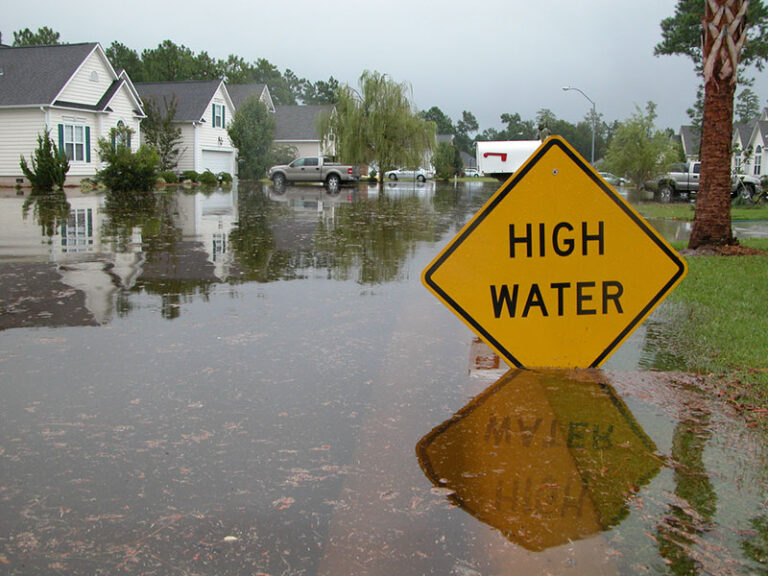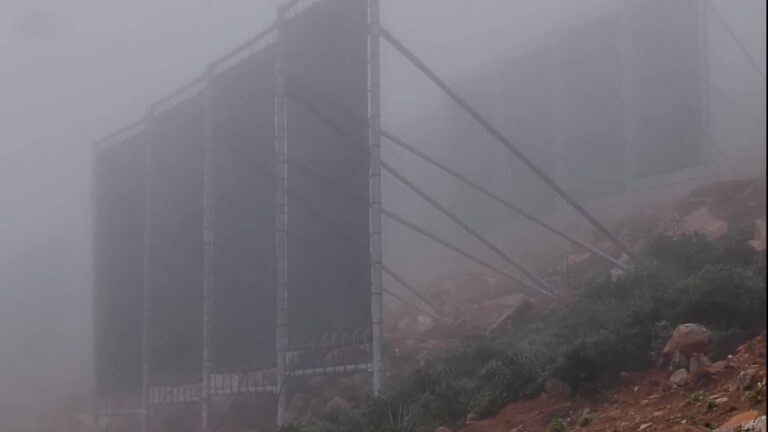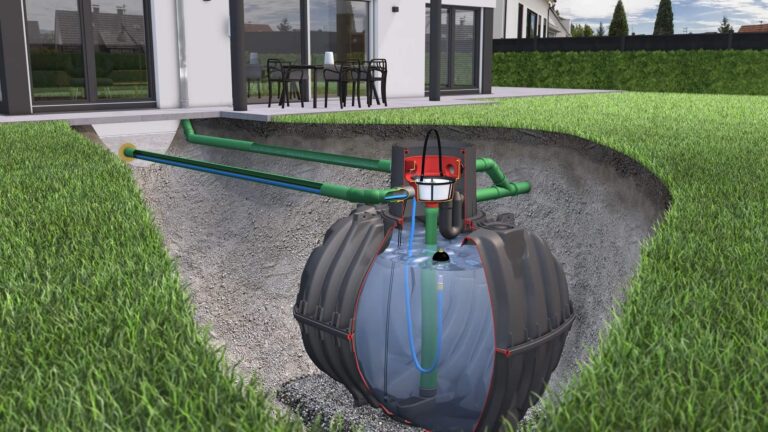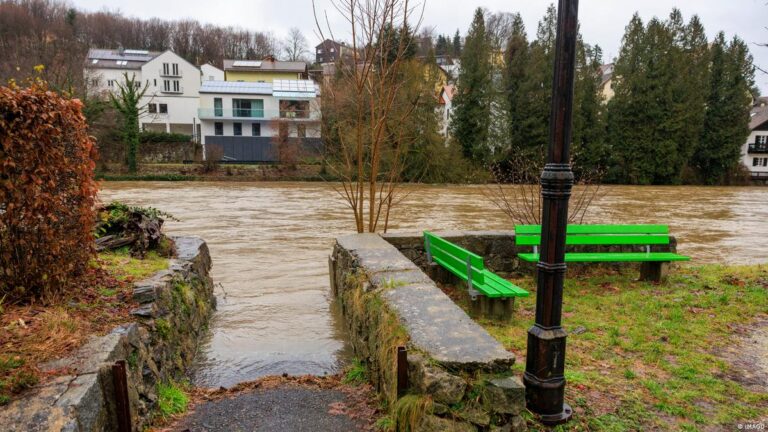Flood warning systems are important to detect incoming flood events and forecast their potential impact. This allows the public to be notified ahead of time so they can respond appropriately to minimize harm.
Giving advance notice is especially valuable in developing nations where flooding often causes significant loss of life and property damage.
Warnings are also a key solution where large-scale flood defenses cannot be built due to environmental, social, or cost constraints.
Main Components

A flood warning process has two parts: notification and response. During notification, incoming floods are identified and the public receives a warning. The response involves actions taken based on these warnings to stay safe.
For flood warnings to work, conditions must be watched closely. This lets officials spot and study events before they strike neighborhoods. Forecasts also help decision-makers model how situations may unfold, how bad impacts could be, and who faces risks. Simple detection alone doesn’t allow enough time for proper responses. Effective monitoring and predicting likely involves weather and tide systems, plus river and coastal models.
Once a flood reaches a certain level, a notice will go out. Messages get shared to those in danger areas through various channels. Media, services like police and fire, plus signals like sirens and flags all play important parts.
After at-risk folks receive warnings, the second stage starts – response. Communities under threat must act to lessen their exposure and control damage. It’s key these actions are explained to the public early on through education efforts. That way, once a warning happens people can move quickly to cut impacts as much as possible.
An excellent warning service requires teamwork between different groups like the government, relief teams, and local communities.
The task of flood warning consists of answering the following five questions:
1) How high will the flood reach and when?
2) Where will the water go at that predicted height?
3) Who will be affected by flooding?
4) What information and advice do the people affected by flooding need to respond effectively?
5) What is the best way of giving the people affected by flooding the appropriate information?
Some of the essential components required in an effective coastal flood warning system are shown in the following table.
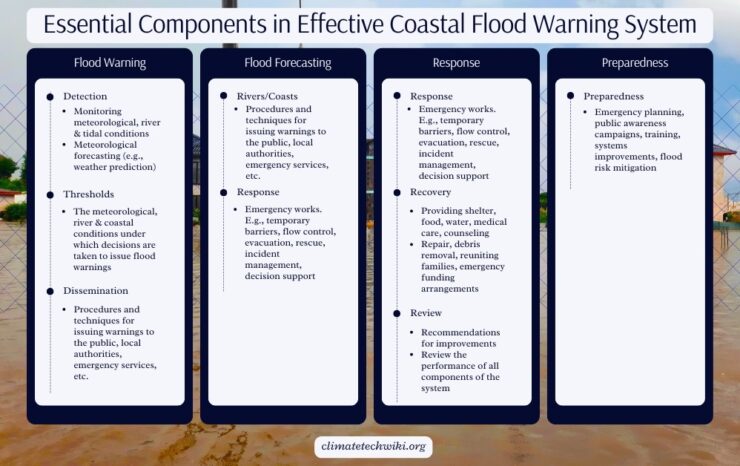
It’s important to remember a flood warning system alone can’t solve everything. These alerts should be combined with other plans to lessen harm from coastal flooding.
Early warnings need to have evacuation routes and shelters ready too. And people must understand what’s happening. The system only works if everyone knows what each warning level means and the steps to take once they’re issued.
Advantages of the technology
- The risk to life to be minimised
- Evacuation of vulnerable groups
- Residents to move assets (e.g. food, livestock, personal effects) to safer locations
- Timely operation of flood control structures (e.g. storm surge barriers, temporary flood defenses, etc.) to prevent inundation of property and land
- Installation of flood resilience measures (e.g. sandbags, property flood barriers)
- Pre-event maintenance operations to ensure free channel conveyance
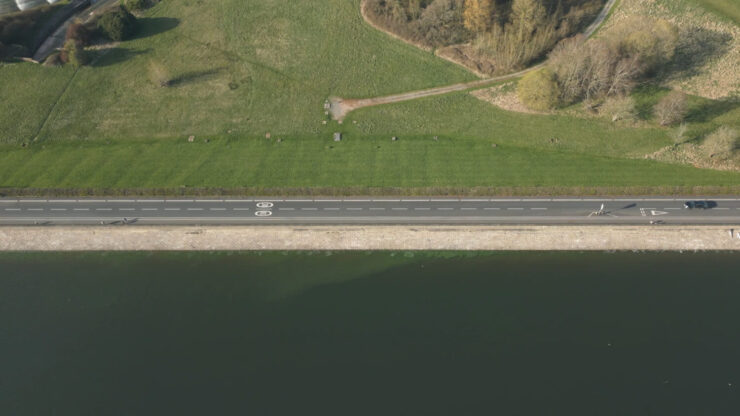
Potential downsides
For the alerts to make a difference, communities gotta get the messages and take action to cut their risks. If warnings aren’t shared with neighborhoods or nobody changes what they do, the system won’t be much good.
Institutional and organizational requirements
How flood warning services are set up varies between places and depends on how big the whole system is. Some activities that may be part of it include:
- Spotting rainfall, river levels, tides, wind, waves, and more with monitoring equipment.
- Designing warning plans like who gets alerts, when to give them, and how to share the word.
- Watching measurements and forecasts to know when to issue warnings using agreed methods and teaching folks.
- Suggesting actions to cut risks and losses from flooding.
- General managing like staff schedules, buying what’s needed, tracking how things are going, and research to improve over time.
- Creating flood forecast models to estimate river levels, flows, tides, wave overtopping and more.
- Some places may not need all these things for smaller, neighborhood warning systems where the main goals are spotting and sharing alerts. But for large regional or national programs, most activities will likely be important, even if some duties are shared between organizations.
- Low-tech methods can also work for warnings. In Bangladesh, trained local volunteers or things like papers, TV and radio spread the word. Using folks from the same community may make warnings feel more important and personal. This shows real potential for poorer nations.
- At the neighborhood level, responses can involve things like sandbags, evacuation plans, or handing out relief goods – again done by volunteers in Bangladesh. Education before big floods helps people understand risks better and options to stay safe.
- Teaching how to cope may also help. This could mean swimming lessons or info on leaving. One study found Bangladesh communities rarely got word from the government about strategies for dealing with big storms.
Barriers to implementation
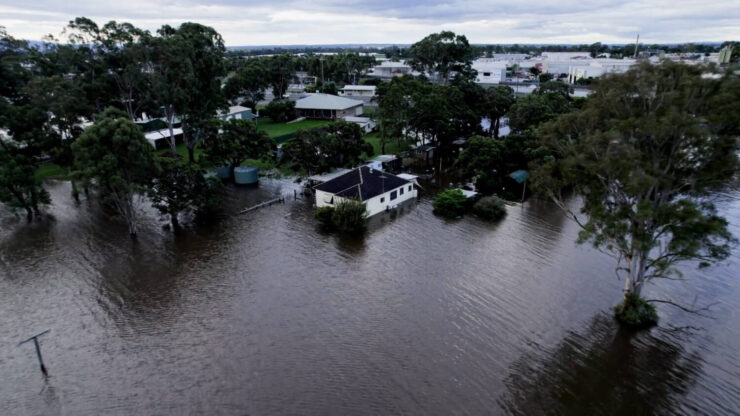
One of the main hurdles for setting up flood warning systems in poorer nations is how to share alerts with the public. In richer countries, this is done through radio, TV, and the internet which aren’t as available in poorer places. So getting the warning messages out fast to those who need them can be a challenge.
It also takes a lot of detailed data collected and looked at closely to spot flood risks. Significant investment is needed for equipment and training. Still, with help from foreign groups providing weather info and real-time data, places like Bangladesh and Vietnam have achieved this. Locally recognized signs spotted by coastal communities closely tied to the land and sea may also help.
Even after setting up a warning system, big barriers could still be there for how useful it is. In a Bangladesh study after a 1991 cyclone, many folks took no action despite getting flood alerts. So a large portion remained at risk. Three main reasons were given:
- Fear of losing household goods to thieves if the house is empty.
- Thinking it’s fate no matter what.
- Not believing the warnings.
Worries over theft may be eased with more, smaller shelters closer to homes and neighborhoods for better protection of property. Improved law enforcement is also needed to keep private things safe in disasters.
Thinking it’s fate often comes from feeling unable to affect what happens. Some think flooding is God’s will so we have to just deal with results.
Not believing warnings could be from past false alarms. Big floods are hard to predict, so there may be a balance between benefits of early warnings when risks are low, versus gains from stepped-up responses when false notices are less.

